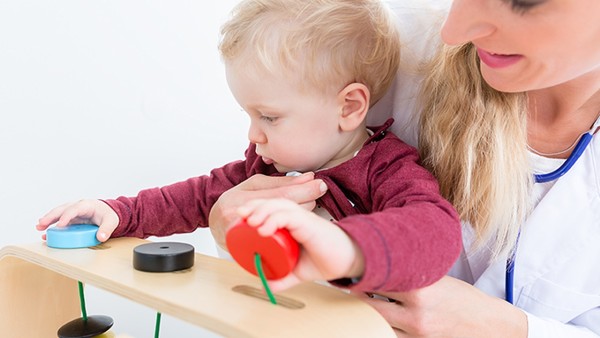How to Prevent Pregnancy After Childbirth

Protecting your Health and Your Baby's Future
Welcoming a new baby into your life is an incredibly joyous occasion, but it also signifies the importance of managing your reproductive health. Preventing pregnancy after childbirth is crucial for both your well-being and the future health of your little one. This article provides comprehensive guidance on various methods to achieve effective postpartum contraception, empowering you to make informed choices for your family planning.
Importance of Postpartum Contraception
Ensuring Maternal Health: Pregnancy and childbirth can impose significant physical and emotional demands on a woman's body. Allowing adequate time for recovery and replenishment is essential for optimal health.
Promoting Child Spacing: Planning the timing of subsequent pregnancies allows for proper spacing, which has been associated with better outcomes for both the mother and child.
Reducing Risk of Birth Defects: Some health conditions, such as neural tube defects, are more likely to occur in pregnancies conceived too closely after a previous birth.
Managing Health Conditions: Postpartum contraception can help manage pre-existing health conditions that may be exacerbated by pregnancy, such as diabetes, hypertension, or anemia.
Empowering Women: Family planning enables women to take control of their reproductive health and make informed decisions about their future.
Methods of Postpartum Contraception
Hormonal Methods
Combined Oral Contraceptive Pill (COCP): Contains both estrogen and progestin to prevent ovulation. It's typically taken daily, starting 3-6 weeks after delivery.
Progestin-Only Pill (POP): Also known as the mini-pill, contains only progestin and must be taken at the same time each day. It can be started immediately after delivery.
Contraceptive Patch: Releases hormones through the skin and is applied weekly. It provides a similar level of protection as COCPs.
Contraceptive Ring: A flexible ring that releases hormones through the vagina. It is replaced monthly.
Implant: A small, flexible rod inserted under the skin of the upper arm. It releases progestin and lasts for up to 3-5 years.
Injectable Contraception: A shot of progestin given every 3 months to prevent ovulation.
Barrier Methods
Condoms: Male or female condoms provide a physical barrier against sperm. They do not require hormones and can be used anytime after childbirth.
Diaphragm: A soft, dome-shaped device that fits over the cervix to block sperm. It must be used with spermicide.
Permanent Methods
Tubal Ligation: A surgical procedure that involves cutting or tying the fallopian tubes to permanently prevent pregnancy. It is typically performed after childbirth.
Vasectomy: A surgical procedure that blocks the tubes that carry sperm from the testes. It is performed on the male partner and is also considered permanent.
Factors to Consider When Choosing a Method
Medical History: Health conditions, such as a history of blood clots or cardiovascular disease, may affect the suitability of certain methods.
Lifestyle: The frequency of use and ease of access should align with your lifestyle and preferences.
Breastfeeding: Some hormonal methods can affect milk production, so it's important to discuss options with a healthcare provider.
Religious or Cultural Beliefs: Personal beliefs may influence the acceptability of certain methods.
Future Pregnancy Plans: Consider your long-term family planning goals when selecting a method.
Seeking Professional Guidance
Consulting with a healthcare provider is essential for discussing available options, selecting the most appropriate method, and receiving proper guidance on usage and potential side effects. Open communication and a thorough understanding of your health history and preferences will empower you to make an informed decision that meets your needs.
Additional Tips
Start contraception as early as possible after childbirth to maximize effectiveness.
Follow instructions carefully for each method to ensure optimal protection.
Regular follow-up appointments with your healthcare provider are important for monitoring your well-being and maintaining contraception.
If you experience any adverse effects or have any concerns, do not hesitate to contact your doctor.
Conclusion
Preventing pregnancy after childbirth is a crucial aspect of postpartum care. Understanding the available methods and seeking professional guidance will enable you to make informed choices that safeguard your health and promote the well-being of your family. By prioritizing postpartum contraception, you can confidently embrace the joys of motherhood while planning for the future with optimal care.
The above is all the content that the editor wants to share with you. I sincerely hope that these contents can bring some help to your life and health, and I also wish that your life will be happier and happier.
Topic: #pregnancy #after #childbirth













